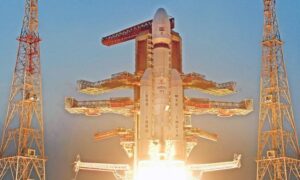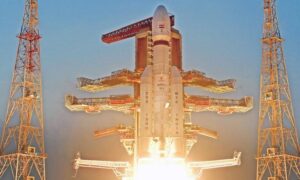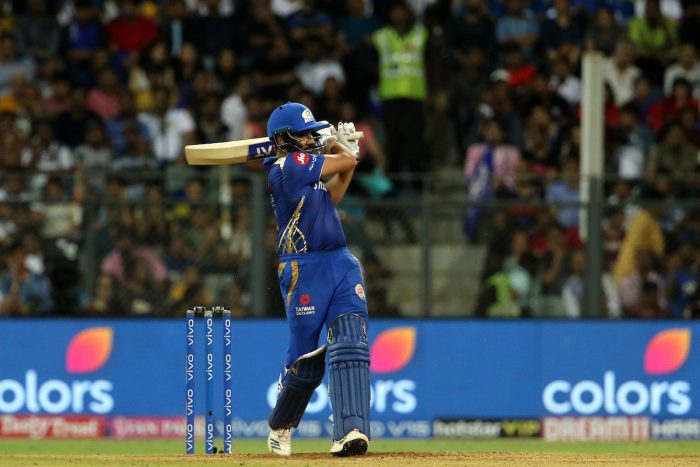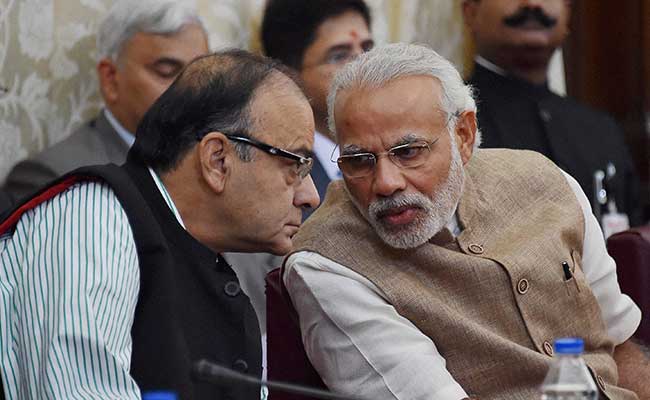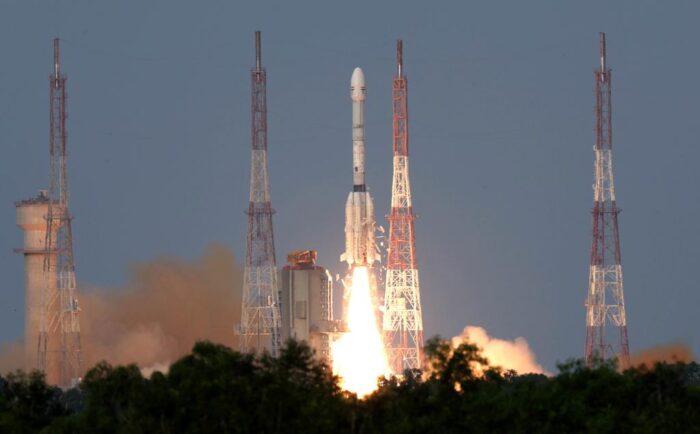
Picture : @isro/X
The Chandrayaan-2 mission, launched in 2019, has made the first-ever observation of the effects of the Sun’s Coronal Mass Ejection (CME) on the Moon using its onboard scientific instruments, Indian Space Research Organisation said .
According to PTI report, This observation would help understand the lunar exosphere, very thin atmosphere of the Moon, and the impact of space weather on its surface, the Bengaluru-headquartered space agency said.
Launched on July 22, 2019, from Sriharikota using the GSLV-MkIII-M1 rocket, Chandrayaan-2 carried eight experiment payloads.
On August 20, 2019, Chandrayaan-2 was successfully inserted into the elliptical orbit around the Moon.
India’s Chandrayaan-2 observes effects of the Coronal Mass Ejections from the Sun on the Moon. First-ever observations showed an increase in the total pressure of the dayside environment of the Moon.
For details, please visithttps://t.co/Yvc7xcxR00
— ISRO (@isro) October 18, 2025
Although communication with the Vikram lander was lost during its September 7 landing attempt, the Orbiter remains fully operational and continues to function in a 100 km x 100 km orbit around the Moon.
According to an ISRO release, one of the payloads (on-board Chandrayan-2), Chandra’s Atmospheric Compositional Explorer 2 (CHACE 2) has recorded the effects of the Coronal Mass ejections from the Sun on the lunar exosphere.


